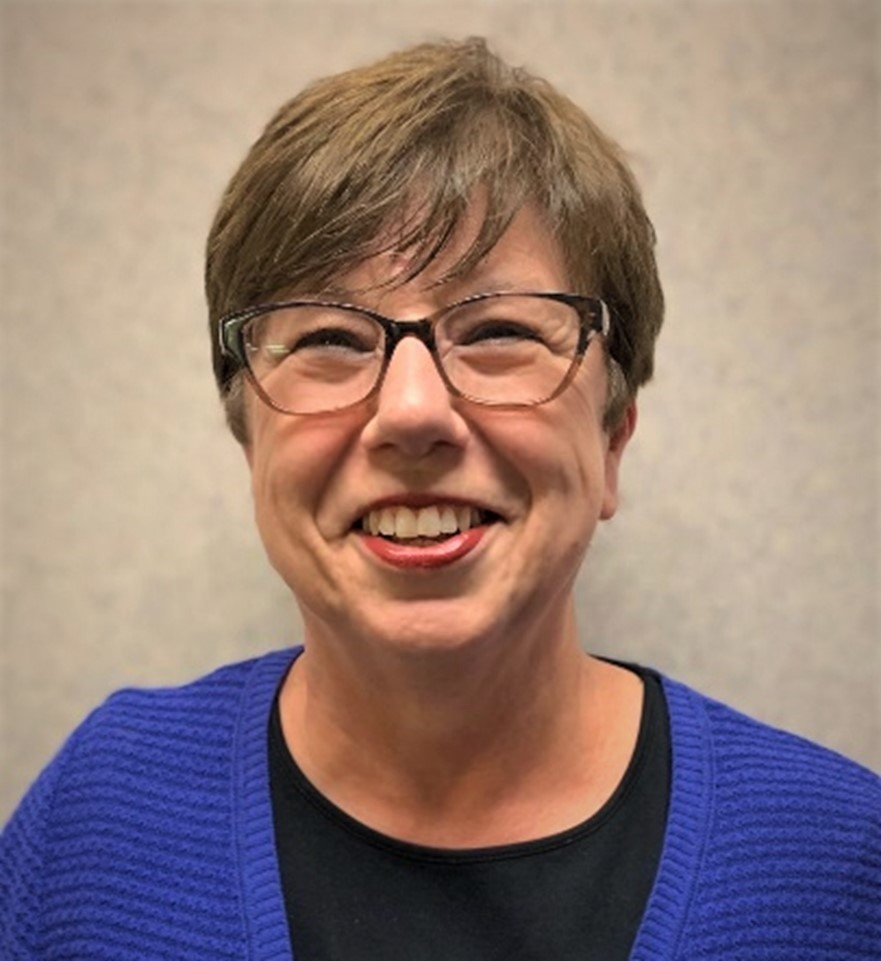NOTE: October is Blindness Awareness Month
Written by: Teresa Coonts, Project Director of Nebraska Deaf-Blind Project with input from Susan Brennan, Iowa Deaf-Blind Project
Deaf-blindness is one of the lowest-incidence of all IDEA disability categories; however, supporting students with deaf-blindness often involves a wide array of team members in many areas of expertise! To help meet the unique needs of these students, OSEP funds 53 State Deaf-Blind Projects, assisting districts, schools, and families in all States and territories as well as the National Center on Deaf-Blindness (NCDB). Collaboratively, we work to improve educational results and quality of life for children who are deaf-blind and their families. The Center and projects’ efforts include a national count of children who are deaf-blind as well as development and sharing of resources, strategies, and events.
 Recently, ten State deaf-blind projects (IL, IN, MI, MN, MO, OH, OK, and WI), led by the Iowa and Nebraska projects and supported by NCDB, collaborated to hold the Fourth Annual Midwest Transition Institute (MTI). Supporting transition for students with deaf-blindness is an important focus of our work to improve historically low college/career participation for people with sensory disabilities, tackling challenges including career awareness, communication, transportation, and the need for high expectations for students with significant disabilities.
Recently, ten State deaf-blind projects (IL, IN, MI, MN, MO, OH, OK, and WI), led by the Iowa and Nebraska projects and supported by NCDB, collaborated to hold the Fourth Annual Midwest Transition Institute (MTI). Supporting transition for students with deaf-blindness is an important focus of our work to improve historically low college/career participation for people with sensory disabilities, tackling challenges including career awareness, communication, transportation, and the need for high expectations for students with significant disabilities.
This year’s MTI, Zooming Through Transition, was our first ever all-virtual event so we had to ensure complete access was provided in a virtual environment so the young adults with deaf-blindness and their families could fully participate. The State projects made sure tactile sign language, braille, large print and other communication strategies were available to meet the individualized needs of students in their homes. In addition, within the virtual training, access was provided through sign language interpreting and closed captioning was provided in main sessions and breakout rooms when youth were working with Peer Mentors and State project personnel. Visit the MTI Facebook page to watch described, captioned, and ASL-interpreted videos from our MTI talent show.
 For the State project leaders, the virtual MTI was an enormous effort, with problem solving from moment to moment. Feedback from participants made clear that all this hard work paid off! Participants described highlights and best features of the MTI, as well as important take-aways. As one young adult explained, achieving future goals requires continuously “finding ways to make things work for me, setting new goals to be more independent, knowing how I need materials presented and how to communicate that to others.” Zooming Through Transition exemplifies the highly personalized, collaborative efforts of the network of state deafblind projects. In the words of Teresa Coonts, Project Director of the Nebraska Deafblind Project, “We all laughed, cried, learned, stretched our brains, and in the end felt that we connected with more resources and friends for the future!”
For the State project leaders, the virtual MTI was an enormous effort, with problem solving from moment to moment. Feedback from participants made clear that all this hard work paid off! Participants described highlights and best features of the MTI, as well as important take-aways. As one young adult explained, achieving future goals requires continuously “finding ways to make things work for me, setting new goals to be more independent, knowing how I need materials presented and how to communicate that to others.” Zooming Through Transition exemplifies the highly personalized, collaborative efforts of the network of state deafblind projects. In the words of Teresa Coonts, Project Director of the Nebraska Deafblind Project, “We all laughed, cried, learned, stretched our brains, and in the end felt that we connected with more resources and friends for the future!”
Blog articles provide insights on the activities of schools, programs, grantees, and other education stakeholders to promote continuing discussion of educational innovation and reform. Articles do not endorse any educational product, service, curriculum or pedagogy.

